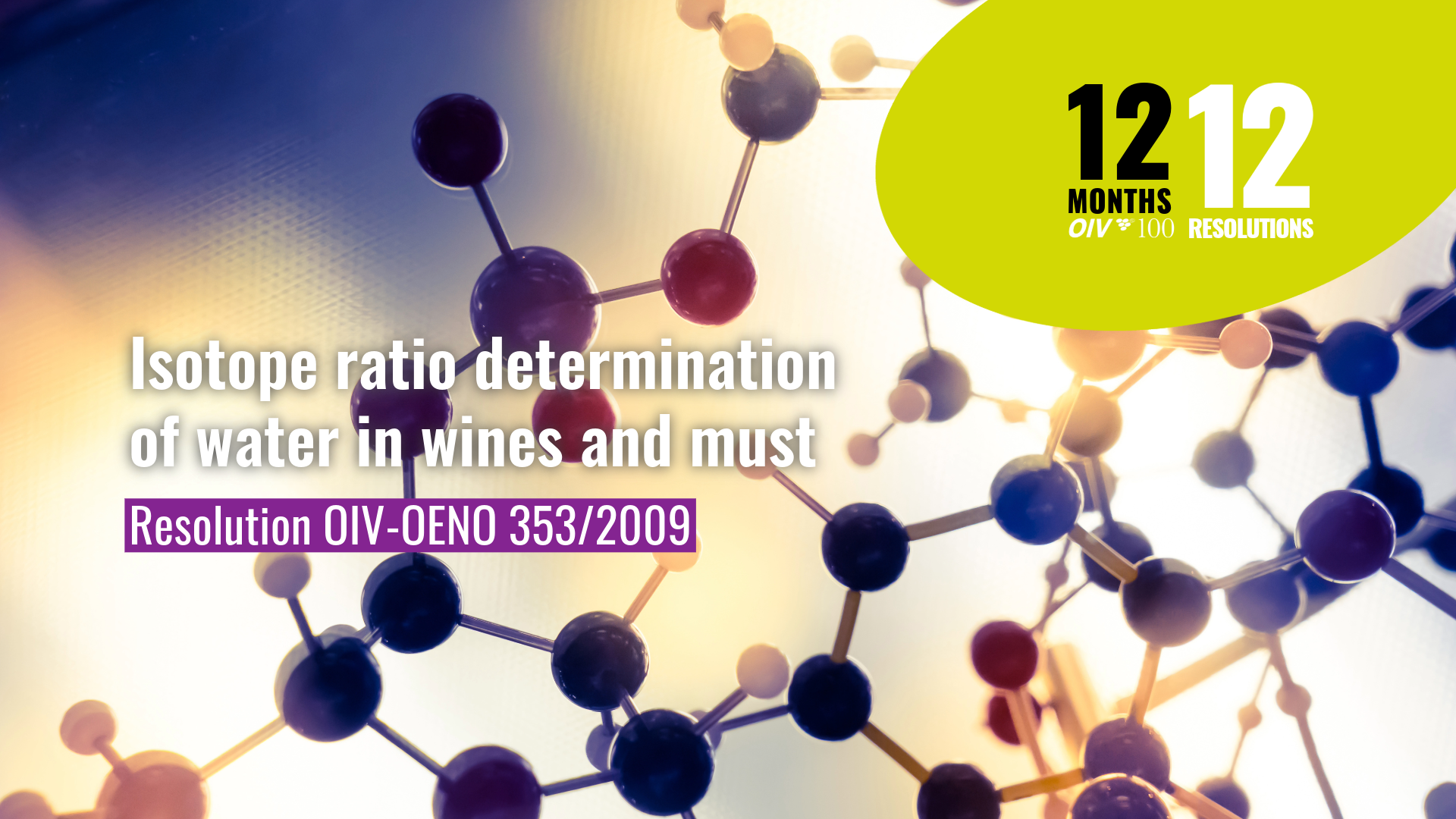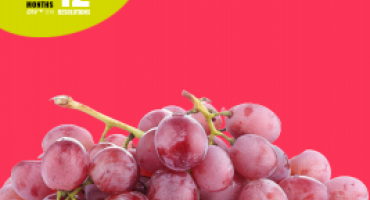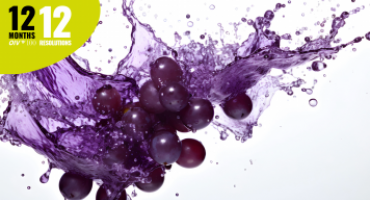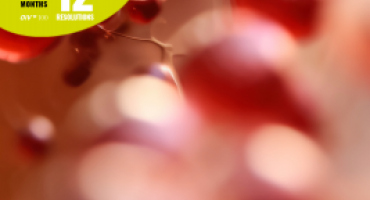The OIV centenary celebrations continue this month with a special focus on the resolution “Method for 18O/16O isotope ratio determination of water in wines and must”, a fundamental method in development of analytics in winemaking. Join the celebrations and explore the profound impact of this resolution has had on the analysis of musts and wines.


“Method for 18O/16O isotope ratio determination of water in wines and must” (OIV-OENO 353/2009 and OIV-MA-AS2-12) was adopted during the 7th General Assembly of the International Organisation of Vine and Wine (OIV), held in Zagreb (Croatia).
The method for determining the for 18O/16O isotope ratio of water is crucial for ensuring the authenticity and quality of wines and musts. This technique allows measurement of the oxygen isotopic composition, which provides valuable insights of the water used in winemaking and the geographical origin. By analysing these isotopic ratios, winemakers can detect adulteration, such as water dilution, and ensure that the wine's characteristics are true to its source. As a result, this method not only safeguards against fraud but also maintains the integrity and reputation of wine products in the global market.
We invited three distinguished experts who actively contribute to the work at the OIV in the Sub-Commission of Methods of Analysis and Specifications of Oenological Products Expert Group, to share their insights on this method, its significance for wine quality and authenticity.
These testimonies will take you to a journey, starting from the development of the method until the new tendencies towards the future of the sector.
The method
by Matteo Perini,
Fondazione Edmund Mach, Italy
“In the Christian tradition, the transformation of water into wine is also known as the miracle of the wedding at Cana. This "miracle" is today obtained fraudulently by adding water to wine. The OIV-MA-AS2-12 method represents a powerful tool for fight against this counterfeiting in the wine sector and, if supported by a solid national reference database, it allows us to trace the geographical origin of wine. Based on my experience, in recent years this method has gone from a specialist analysis to a parameter necessarily present among routine checks.
The use of vegetable water with an isotopic composition similar to that of grapes or blends of wine with high added value (such as those with geographical indications PDO, PGI or TSG) with low-cost wine products of foreign origin represents a new challenge to which the method will be able to respond through combination with other isotopic analytical determinations such as the analysis of the δ18O of ethanol.”
The next steps in isotopic signatures for the future of the wine industry
by José Enrique Herbert-Pucheta,
Escuela Nacional de Ciencias Biológica, Mexico
“Nowadays there is a need to establish worldwide 18O/16O, 2H/1H and 13C/12C isotopic signatures of diverse oenological samples by creating robust data basis, in agreement to the 2020-2024 / 2025-2029 OIV Strategic Plan, in order to have global harmonic regulations for controlling authenticity and counterfeiting. The use and regulations of diverse Artificial Intelligence (AI) algorithms, in combination with high-resolution analytical techniques such as IRMS or Site-specific Natural Isotopic Fractionation Nuclear Magnetic Resonance Spectroscopy (SNIF-NMR) is undoubtedly the prelude of a Novel Generation in the OIV Sub-commission of Methods of Analysis, whereas the accurate validation of both analytical methods and AI algorithms, shall fulfil some of the United Nations-Sustainable Development Goals (UN-SDGs), defined at the recently created OIV Digital Transition Plan. ”
The importance and evolution of Isotope Ratio Mass Spectrometry (IRMS) in winemaking
& how to ensure wine quality through advanced isotope analysis
by Alexander Kolesnov, Peoples' Friendship University of Russia named after Patrice Lumumba, Russia
“The analysis of ratios of stable isotopes of light elements has gone a long way from an exclusive high-sophisticated methodology of fundamental scientific research to a familiar routine analytical method. The results of the analysis with a sufficiently degree of reliability allow us to answer the question about the nature of wine and must water, which in turn is of great importance for the objective assessment of quality, especially when solving problems of identifying adulterated products made by water extension.
This is the only way to ensure both scientific progress and continuity in applied analytics in winemaking, which in turn consist of three components - fundamental knowledge about the basic principles of measurement, professionalism in their implementation and, last but not least, the effectiveness of the practical application of the developed methods of analysis.”


